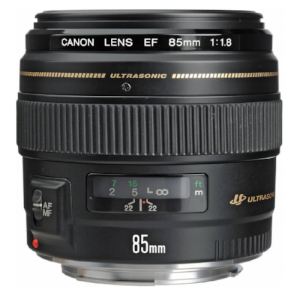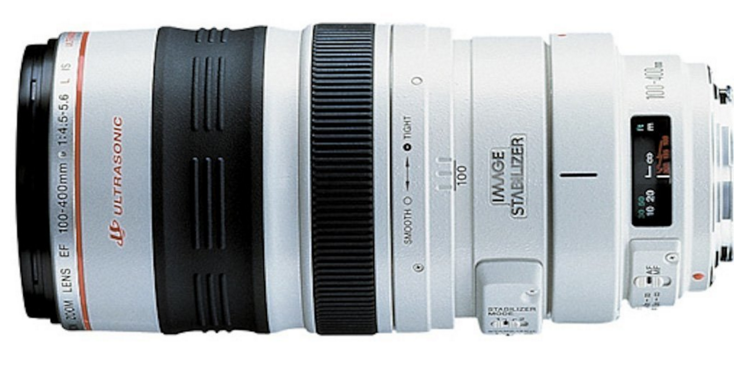Earlier this month I posted my top 5 Nikon lenses and now it's Canon's turn! If you are wanting to add a few lenses to your arsenal and you shoot with a Canon DSLR, check out my recommendations below. Please note that both of these articles are geared towards those who own a cropped sensor (for Canon, an APS-C) camera; if you own a full-frame camera (such as the Canon 5D Mark iii), you should be well on your way to understanding lens selection and will be in a whole different budget ball-park. However, I do note that some of these are compatible for both camera bodies AND I give just a few options that are closer to the $1,000 range.
For those of you just getting started or wanting to find better image quality, here's a few lenses that can help!
Canon EF 50mm f/1.8 - Portrait/Fast Lens
If you're looking for a great affordable lens that can dramatically improve your photography, this is the one to start with. It's a no brainer at the price of only $125 on Amazon! I'm blown away at how great that price is; it is even $100 cheaper than the Nikon equivalent! With this prime lens (a lens that has a fixed-focal length or no zoom which means sharper images) you can get those beautiful blurry backgrounds or bokeh. If you've got a little more to spend and want to take it a step further towards great image quality and great performance in really low light settings, check out the 50mm f/1.4 for $349 on Amazon. Both of these lenses are compatible with Canon full-frame and APS-C DSLR cameras.
Canon EF 85mm f/1.8 - Portrait Lens
My good friend is a fantastic wedding and portrait photographer and this is her favorite lens. The extra focal length in the 85mm creates Bokeh that is absolutely beautiful. It is a great portrait lens! Once again, this is a fixed/prime lens and will offer sharp images with great quality. You'd be surprised at the image quality with this compared to your kit lens (if you have the 18-55mm lens)! This lens is compatible with Canon full-frame and APS-C DSLR cameras. Find this lens for $369 on Amazon.
Tamron AF 28-75mm f/2.8 - Everyday Lens
Okay if we were talking perfect lenses here, the next option of an 'all-around, every-day lens' might be the Canon 24-70mm f/2.8 L. BUT that lens costs FOUR TIMES the amount of this Tamron lens! The reviews about it are all over the place; it is a great lens, especially at the lower price. It's not as heavy and well-built as the Canon L lenses, but it is well made and the image quality is pretty dang close. To have a versatile lens that offers a good zoom range AND the ability to shoot in low light with that lovely f/2.8, that's a pretty happy thing. This one is worth looking into. Get it for $499 on Amazon. If you have the budget and want to find the next best 'walk-around' option, one of the greatest is the Canon 24-105mm f/4 L lens that goes for $999 on Amazon. Photographers love the reasonably fast aperture, a great focal length and very sharp images.
Canon EF 70-200mm f/4L - Telephoto Zoom Lens
If you need more zoom than your everyday lens, this telephoto lens is a great buy. The f/2.8 version is $600+ more than this version, but the consistent aperture of f/4 even at it's maximum zoom is a good thing to have. The image quality of this L series lens is awesome; it yields sharp images, has fast focusing and is lighter than the more expensive versions. Keep in mind that this lens will be fantastic for well-lit settings such as outdoor sports where you can plan to use a fast shutter speed. Find it for $599 on Amazon. This lens is also compatible with both Canon full-frame and APS-C cameras.
Canon EF-S 10-18mm f/4.5-5.6 - Wide Angle Lens
This lens is a great intro lens for wide-angle photographing (such as landscapes or interiors). It is also at a great price of $279 on Amazon. This lens will only work on an APS-C camera, not full-frame. At the top of our price line is another option, the incredible Canon EF 16-35mm f/4L wide angle lens ($999 on Amazon). Photographers rave that this lens boasts even greater image quality and sharpness than the 16-35mm f/2.8! If you're serious about landscapes or real estate images, this will give you a lot of bang for your buck.












